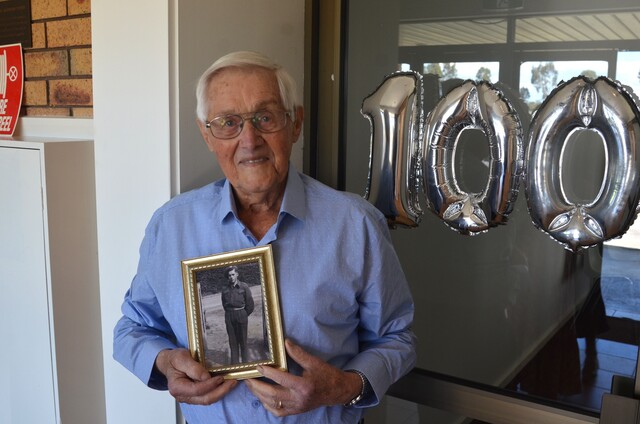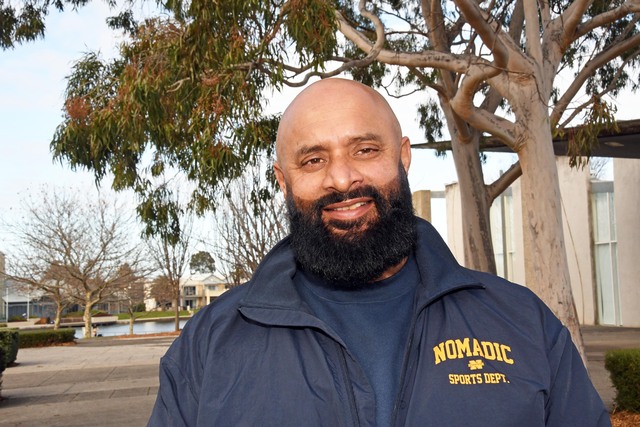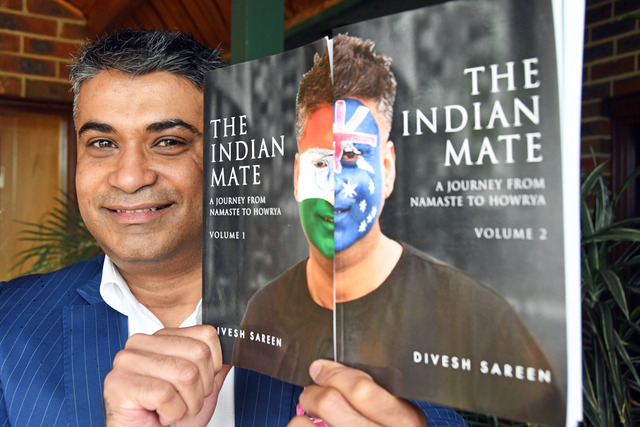By ALECIA PINNER & DAVID SCHOUT
THE disappearance of cheap housing has led to severe overcrowding
and a surge in homelessness in Dandenong and its surrounding suburbs.
The number of people recorded as homeless in the federal
electorate of Bruce, which includes Dandenong, almost doubled in the
five years to 2011, according to analysis of national Census figures.
The 2011 Census data was released by the Council to Homeless Persons last week to mark National Homeless Persons’ Week.
Council to Homeless Persons CEO Jenny Smith said demand for
services was growing, and Bruce had topped the electorates with the
biggest rise in homelessness.
“Homelessness is now emerging as a pressing problem in areas where
it has not been a focus in the past, particularly in the outskirts of
Melbourne,” she said.
The number of homeless people in Bruce, which also covers parts of
Noble Park and Springvale, increased by 503, from 648 in 2006 to 1151
in 2011 – a rise of 77.6 per cent. The electorate of Holt, which takes
in Endeavour Hills, Hallam and Doveton, was fifth on the list with the
number of homeless increasing from 455 to 772, a rise of 69.7 per cent.
Tony Keenan, the CEO of Hanover, which runs a family and adult
crisis centre in Dandenong, said rents were rising dramatically in areas
that used to be considered cheap, such as Dandenong and Noble Park.
He said people forced to live in severely overcrowded
circumstances were now counted as homeless and it was an emerging
problem in the growth suburbs.
“People can’t afford a whole house and we see adults or families sharing a room, sometimes three or four to a room,” he said.
“There is also a lack of services in the outer-suburban growth areas.”
Migrants of the past five years and indigenous people were over-represented.
Mr Keenan said the state and federal governments as well as the
community and private sectors needed to work together on reform and
invest in affordable housing. “This needs to be a 10 to 20-year
strategy,” he said.
The figures were released just a week after Greater Dandenong,
Casey and Frankston were identified as having the biggest drop in
affordable housing in Australia in the past five years, according to the
Australian Bureau of Statistics.
Australians for Affordable Housing spokesman Joel Pringle said it reflected rental stress across growth areas.
“Areas where people once moved to for affordable housing options
are now becoming hard to afford and its impact is particularly felt on
those on low levels of income,” he said.
Rental affordability, defined by the Human Services Department as
less than 30 per cent of a weekly Centrelink payment, dropped in Greater
Dandenong from 60.5 per cent in 2007 to just 9.6 per cent in the June
quarter last year. It bounced back to 15.7 per cent in the September
quarter – the most recent figure available.






